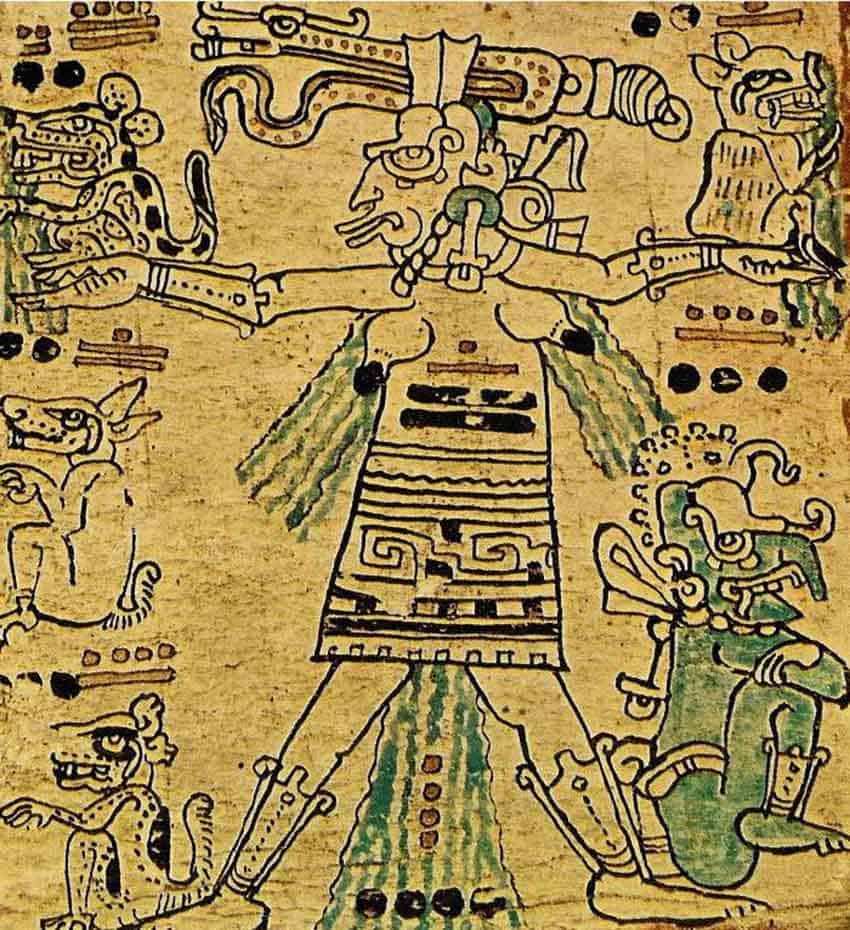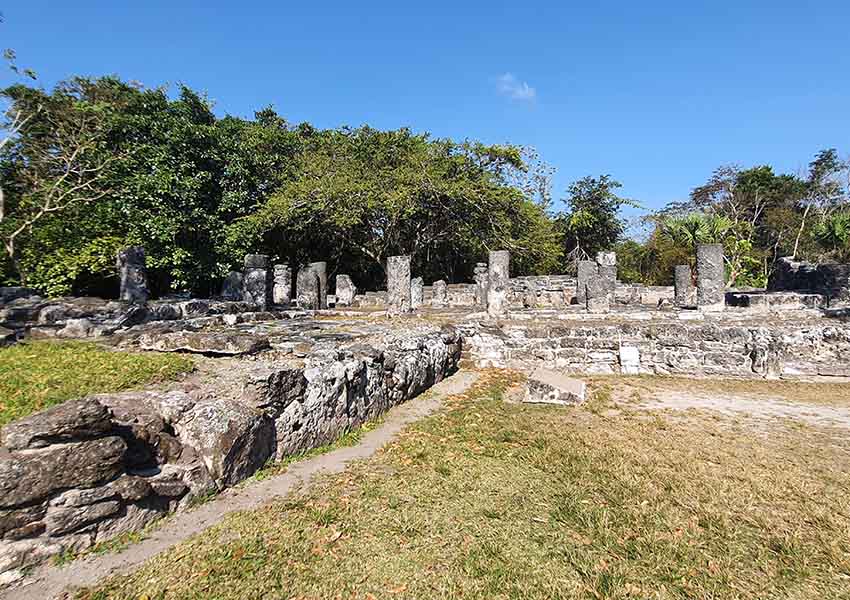Cozumel’s San Gervasio ruins offer glimpses into ancient Maya life

Cozumel is well-known for its magnificent beaches, turquoise waters and seaside activities. But if you love history and learning about ancient cultures, make time to visit the Mayan ruins of San Gervasio.
Located around 15 kilometers from downtown Cozumel, the settlement’s original name is not known, although it may have been Tantún Cuzamil. The name Cozumel comes from the word “Cuzamil” (also spelled Cutzmil), Yucatec Mayan for “place of the swallows.”
San Gervasio is considered the most important Maya settlement in Cozumel. According to the National Institute of Anthropology and History (INAH), the site’s oldest buildings date to A.D. 300–400, although the site’s initial occupation dates to around 200 B.C.
During A.D. 1000–1200, the Itza people (the Maya group who built Chichén Itzá and other notable sites) ruled over the island. Cozumel became a part of Chichén Itzá’s political and trade network, says INAH.
According to INAH, from A.D. 1200 to 1650, San Gervasio was one of Mesoamerica’s most important pilgrimage sites. The settlement also became the island’s governing and religious center. Archaeologists have found signs indicating that the site may even have been occupied during the colonial era.
San Gervasio is speculated to have been a pilgrimage site for the lunar deity called Ixchel, who was, among other things, the fertility and birthing goddess of the ancient Maya. However, INAH says it hasn’t found evidence linked to such a deity on the site, although it also says that the ancient Mayans used to make ritualistic journeys from the mainland to the island of Cozumel that followed the path of the moon during its different phases.

Expect to spend a few hours here. There are several rest areas with benches to take a break if you get tired.
Once you enter the site, you’ll see the famous Manitas (Little Hands) structure, named for the red handprints that decorate its inner walls. It has a thatched roof now, so you can’t miss it.
With two rooms, including one with a temple, this building may have served residential and ceremonial purposes. It may have been home to San Gervasio’s rulers between A.D. 1000 and 1200. Nearby is a platform where the ancient Maya are thought to have held outdoor ceremonies.
Another building worth seeing in this area is the Chichan Nah (Small House), located to the site’s east and believed to have been a shrine. It looks like a mini house.
Taking the path toward the west from the Chichan Nah, you’ll reach two buildings — one a residence of Cozumel’s supreme ruler – called the Halach uinic in the Yucatec Maya language — and the other his private chapel.
Next, you can visit the site’s most notable area, the Central Plaza, which was once San Gervasio’s main area. Standing in the center of this plaza is an altar thought to be a platform from which persons addressed the public. North of the Central Plaza is Las Columnas (the Columns), a structure with seven columns and a possible altar or throne.

Archaeologists have discovered several burials with offerings, including obsidian knives and small stelae in this building’s chambers. Next to Las Columnas is Los Nichos (the Niches), another remarkable building named for the small shrines on each side of its stairway. South of the plaza is El Osario (the Ossuary), named for the human remains found in it.
Toward the west of the Central Plaza is the El Palacio (the Palace), a many-columned building with a central section that may have also been an altar or a throne. Next to the Palace is a ceremonial building called Las Murales (the Murals), named after the remains of colorful murals, including geometric patterns.
Adjoining it is another temple called El Alamo (the Fig Tree Building), named after the tree growing by it. The inner wall decorations also include red handprints. Both these temples are covered with a thatched roof.
West of the Central Plaza is a path that leads to the Ka’na Nah (Tall House) temple, one of the site’s largest buildings with benches and an altar. This temple was once colorfully painted and included decorations of small human-faced sculptures. Its unique features may mark it as having been the sanctuary of goddess Ixchel, INAH says.
Toward the north of the central plaza, located on a notable ancient white road (sacbé) that once connected to other sites on the island, is El Arco (the Arch), considered the main area’s entrance or exit. There is an altar at this spot, where visitors, including pilgrims, are thought to have laid offerings.
Continue along the path to a house-like temple called the Nohoch Nah (Big House), with two doorways and stairways. The temple was also once colorfully decorated and included a central altar for offerings. You can imagine the ancient Maya passing along this path and perhaps stopping by this temple.

Next, take the path from the Nohoch Nah that leads to the Templo Murciélagos (Temple of the Bats). This was once the central area of San Gervasio, where the city’s ruler would have lived before its center was moved to the Central Plaza. The temple’s name, however, comes from the bats that once occupied the building.
Another building in this section, added later, is the Pet Nah (Round House), whose two platforms and altar are all circular.
There are more structures open to visitors in the San Gervasio area that allow you to picture the site’s once-colorful buildings and glorious past.
Cozumel also has other ancient Maya ruins. One place to visit is the Punta Sur Eco Beach Park, where you can see a small but beautiful pre-Columbian building that may have been an ancient lighthouse. The park also has a spectacular beach and other attractions, including a lagoon with crocodiles and a museum.
Thilini Wijesinhe, a financial professional turned writer and entrepreneur, moved to Mexico in 2019 from Australia. She writes from Mérida, Yucatán. Her website can be found at https://momentsing.com
Source: Mexico News Daily

